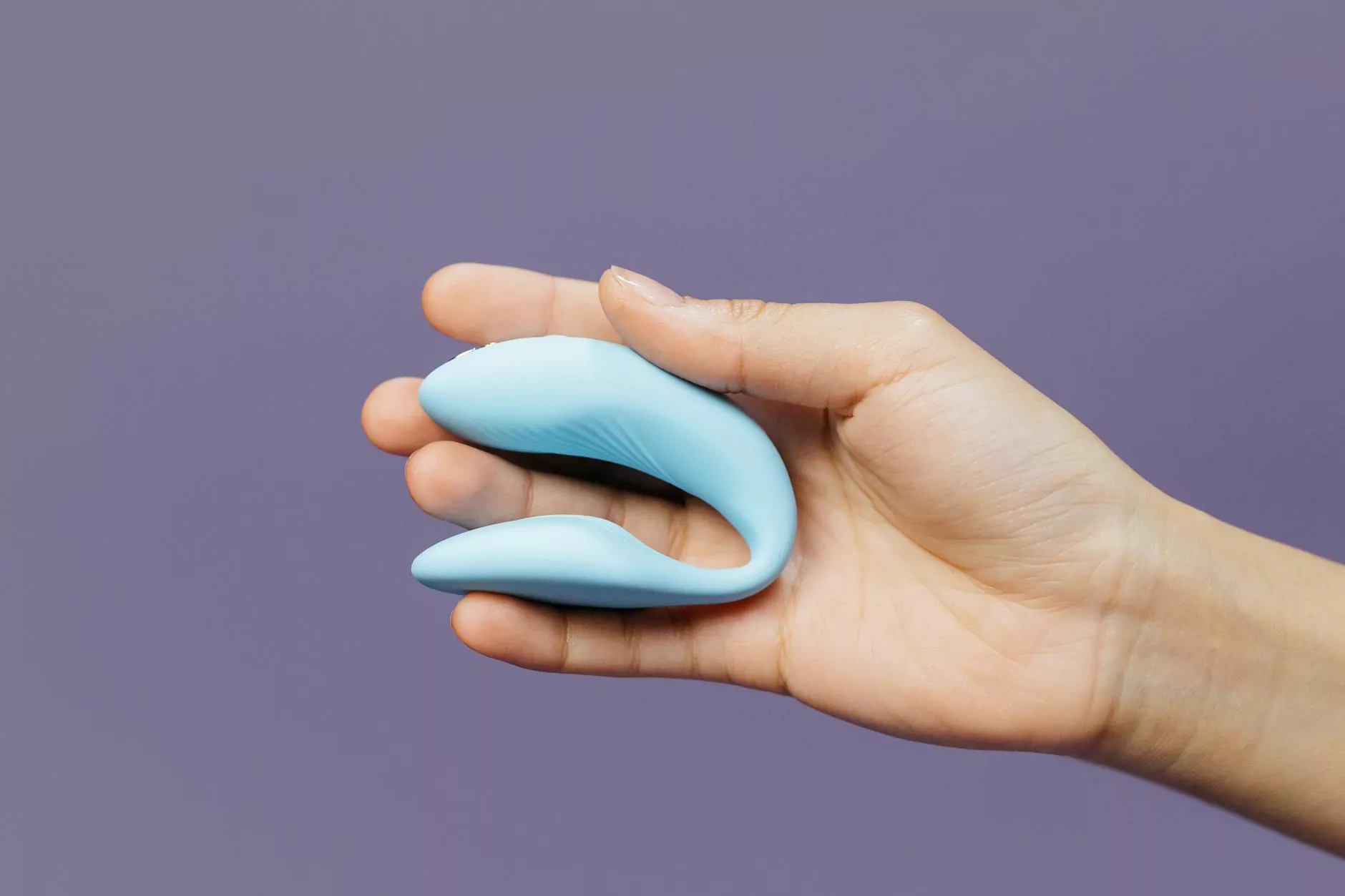Smile vs LASIK Eye Surgery: Comprehensive Comparison for Optimal Vision Correction

When it comes to correcting vision problems like myopia (nearsightedness), astigmatism, and hyperopia, laser eye surgeries have revolutionized the way individuals achieve clearer vision without glasses or contact lenses. Among the most popular modern procedures are SMILE (Small Incision Lenticule Extraction) and LASIK (Laser-Assisted In Situ Keratomileusis). Both offer remarkable results but are distinct in their techniques, benefits, risks, and suitability for different patients.
Understanding the Basics: What Are Smile and LASIK Eye Surgeries?
Smile vs LASIK eye surgery fundamentally aim to reshape the cornea, allowing light to focus correctly onto the retina, resulting in improved vision. However, their approaches and underlying technology differ significantly:
What is Smile Eye Surgery?
Smile, or Small Incision Lenticule Extraction, is a minimally invasive procedure that uses a femtosecond laser to create a thin, disc-shaped piece of tissue called a lenticule inside the cornea. This lenticule is then removed through a tiny incision, sculpting the cornea's shape to correct refractive errors. The procedure typically takes about 10-15 minutes per eye and involves fewer disruptions to the corneal nerves and structure.
What is LASIK Eye Surgery?
LASIK stands for Laser-Assisted In Situ Keratomileusis. It involves creating a thin flap in the cornea using a microkeratome blade or a femtosecond laser. The surgeon then lifts this flap and uses an excimer laser to ablate (reshape) the underlying corneal tissue, correcting refractive errors. The flap is then repositioned, acting as a natural bandage. LASIK has been the gold standard for many years due to its quick recovery and high success rate.
Key Differences Between Smile and LASIK
FeatureSmileLASIKProcedure TypeSmall incision, flaplessCorneal flap creation followed by laser reshapingTechnology UsedFemtosecond laser onlyMicrokeratome or femtosecond laser for flap + excimer laser for reshapingInvasivenessMinimally invasive with a tiny incisionMore invasive due to corneal flap creationRecovery TimeTypically rapid; often same daySame day to a few days; slight sensations persist for a short whileSuitability for Thin CorneasBetter suited; preserves more corneal tissuePotentially less suitable; depends on corneal thicknessRisk of Flap-Related ComplicationsNone, since there is no flapPossible flap dislocation or flap-related issuesPreservation of Corneal IntegrityExcellent; minimal disruptionModerate; flap creation involves more tissue manipulationIdeal Patient ProfileMyopia, mild to moderate astigmatism, thinner corneas, active lifestylesMyopia, hyperopia, astigmatism; suitable for most patients but with considerations for corneal healthCost FactorGenerally slightly higher due to advanced technologyMore established and often slightly less expensive, depending on the providerAdvantages of Smile Eye Surgery
- Less invasive: No corneal flap means fewer complications related to flap dislocation or epithelial ingrowth.
- Suitable for thin corneas: Since it preserves more corneal tissue, it's ideal for patients with thinner corneas unsuitable for LASIK.
- Reduced Dry Eye Risk: Less disruption to corneal nerves reduces the chance of dry eye syndrome post-surgery.
- Minimal discomfort and quick recovery: Many patients achieve excellent vision within 24 hours.
- Lower risk of flap-related complications: No flap is created, eliminating risks like flap dislocation or wrinkles.
Advantages of LASIK Eye Surgery
- Proven Track Record: Over two decades of successful outcomes and high patient satisfaction.
- Rapid visual recovery: Many patients notice improved vision immediately or within a day.
- Cost-effective: Generally less expensive due to high volume and widespread availability.
- Versatility: Effective for a broad age range and various refractive errors.
- Adjustability: Possibility of enhancement procedures if necessary.
Potential Risks and Considerations in the Smile vs LASIK Decision
Despite their high success rates, both procedures carry certain risks that patients must consider:
Common Risks Associated with Both Procedures
- Undercorrection or Overcorrection: Results may be slightly less than optimal, but enhancements are often possible.
- Visual Disturbances: Glare, halos, or starbursts, especially at night.
- Dry Eye Syndrome: Temporary or, rarely, long-term dry eye symptoms.
- Regression: Slight loss of correction over time, although typically minimal.
Specific Risks to Consider
- Flap Complications in LASIK: Dislocation, wrinkles, or epithelial ingrowth could occur, requiring further intervention.
- Corneal Ectasia: Thinning or bulging of the cornea, more common in LASIK due to flap creation.
- Suitability for Age and Eye Health: Certain eye conditions or age-related factors can influence eligibility.
Which Procedure Is Better for You? Factors to Consider
The decision between smile vs lasik eye surgery should be personalized based on several factors:
- Corneal Thickness: Smile is preferable for thinner corneas.
- Degree of Refractive Error: Both procedures effectively correct common prescriptions, but severe cases might require alternative treatments.
- Occupational and Lifestyle Needs: Athletes or those involved in contact sports might favor Smile due to negligible flap risk.
- Dry Eye Concerns: Smile tends to result in fewer dry eye symptoms post-procedure.
- Cost and Accessibility: LASIK is often more widely available and may be more affordable.
- Healing and Recovery Preferences: If a quick return to full activity is essential, both procedures are fast, but individual variation exists.
The Role of Consultation and Advanced Diagnostics
Before deciding on smile vs lasik eye surgery, a comprehensive eye examination by an experienced ophthalmologist is crucial. Modern diagnostic tools such as corneal topography, pachymetry, wavefront analysis, and slit-lamp examination help assess corneal health, refractive stability, and suitability for each procedure.
Long-Term Outcomes and Expectations
Both Smile and LASIK have high success rates, with approximately 95% of patients achieving 20/20 or better vision. Long-term data suggests stability over time, but understanding individual factors and maintaining routine eye exams are important for sustained results.
Making an Informed Choice: Why Quality Eye Care Matters
Choosing a reputable medical center with experienced surgeons and advanced technology is essential for safe and effective outcomes. At wupdoc.com, we provide expert consultations, state-of-the-art laser procedures, and personalized treatment plans to ensure you receive the best care tailored to your unique needs.
Conclusion: The Final Word on Smile vs LASIK Eye Surgery
In the ongoing debate of smile vs lasik eye surgery, the best choice hinges on individual factors such as corneal anatomy, lifestyle, vision goals, and health status. Both procedures offer outstanding outcomes with minimal risks when performed by skilled professionals. Ultimately, a thorough consultation with an experienced ophthalmologist will guide you toward the most suitable and safe option for transforming your vision.
Investing in your eye health and vision correction not only improves your quality of life but also boosts confidence and independence. Whether you choose Smile or LASIK, the journey to clearer vision begins with the right information and expert guidance.









